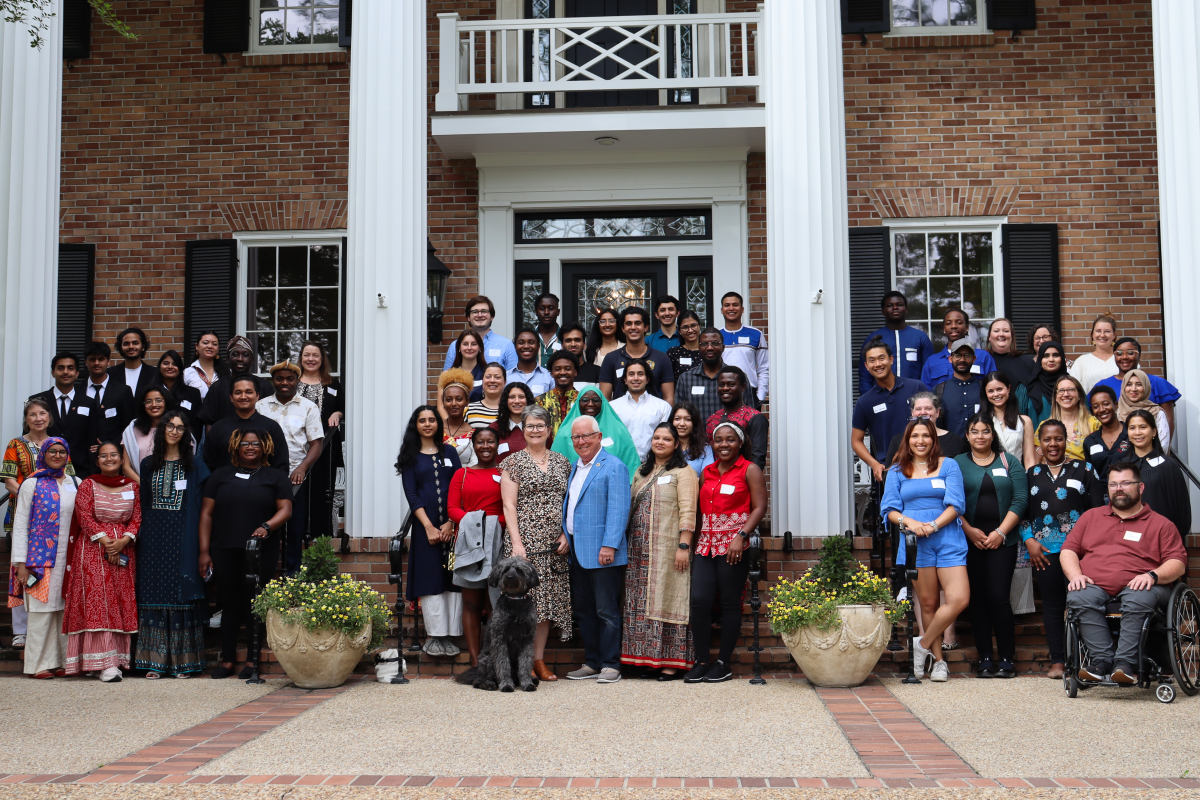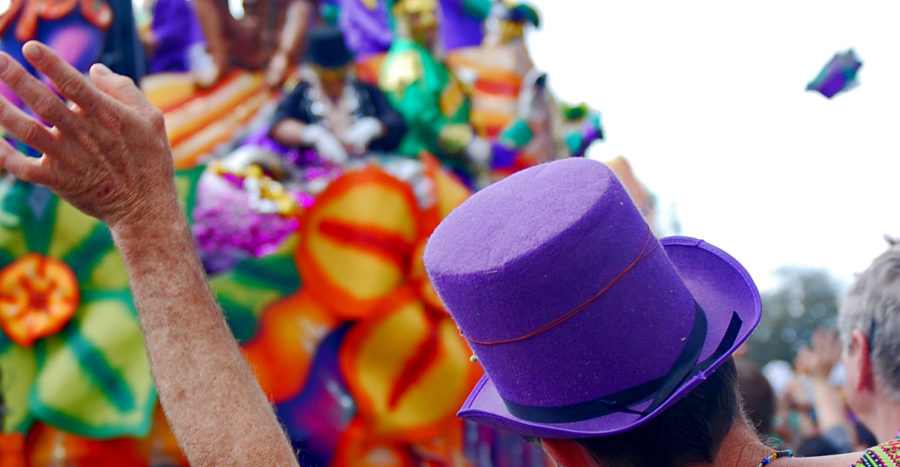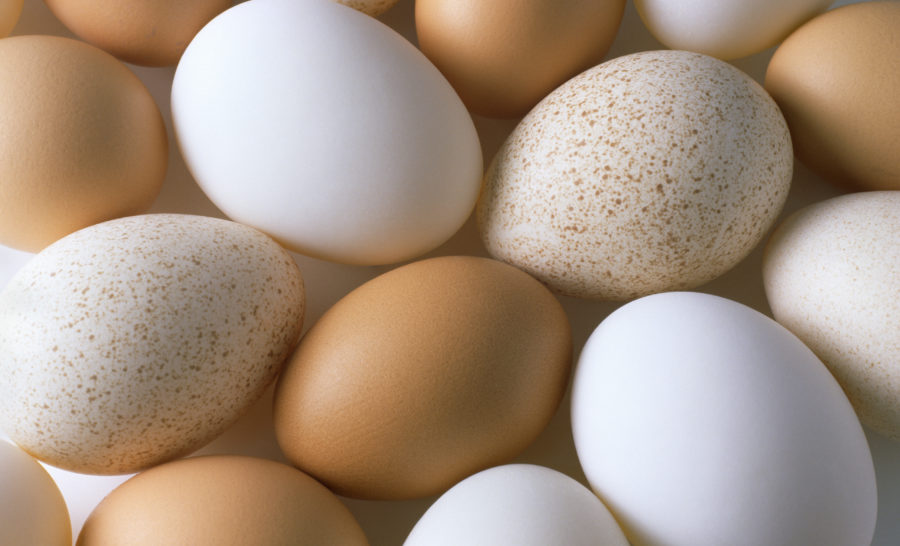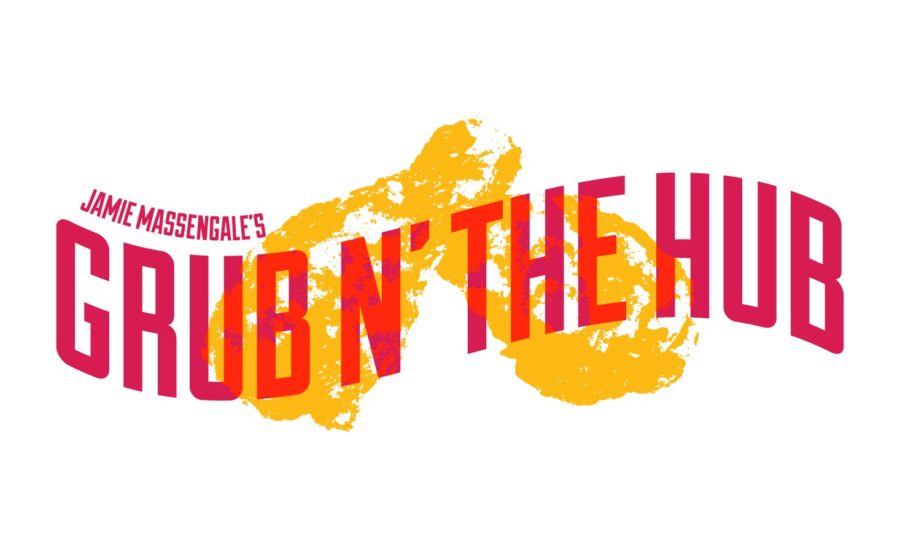Mention Mardi Gras and most people think of New Orleans, with its countless parades and its reputation for putting on months of celebratory events. Others might associate the holiday with Mobile, the original home of Mardi Gras in the U.S.
Also known throughout history as “Carnival,” Mardi Gras is a Christian holiday whose French-to-English translation is “Fat Tuesday.” It can be traced to Mobile, 1703, when French settlers brought it to America.
The time period we know as the Mardi Gras season was intended to allow Roman-Catholic believers to essentially get the party out of their system through binging on large feasts, drinks and extravagant displays in the streets.
This period of freedom leads up to Ash Wednesday, a ceremony still celebrated in many contemporary Christian communities. After Ash Wednesday, one enters the season of Lent, which is a 40-day fast from certain indulgences.
In its journey to a modern holiday, Mardi Gras has managed to pick up countless traditions, many of which are downright odd.
Some people attend extravagant balls or ride in ornately-decorated parade floats, and one may wonder how exactly they ended up there and why.
Freshman psychology major Madison Rossignol said her family has a long tradition of being involved in New Orleans krewes.
“[New Orleans] families put a lot of hard work and funding into having the best social events and parade presence – they even buy or make really intricate throws for the parades,” Rossignol said.
Krewes are social organizations, similar to cotillions, according to Rossignol.
On the other side of the Mississippi River, Mobile celebrates Mardi Gras in its own way. Mobile’s Mardi Gras story involves many important social movements such as “African-American Mardi Gras,” which was its own set of celebrations that took place during the Civil Rights Movement.
Another Mardi Gras facet with a history is king cake, with its hidden plastic baby and official colors. The King Cake represents the Catholic recognition of “Epiphany” or “Little Christmas,” a holiday that takes place on the 12th day of Christmas. The plastic baby hidden inside the cake makes a little more sense in the Catholic context, as it represents the baby Jesus. As for the colors green, purple and gold, seen everywhere during Mardi Gras season, there is a complicated historical association. Many New Orleans natives believe green, purple and gold represent the values of faith, justice and power, respectively.
The distinctive cultural phenomenon that is Mardi Gras in the South offers plenty of opportunities to get involved without traveling far. There are countless well-known parades in New Orleans, Mobile and Pass Christian, along with celebrations right here in Hattiesburg. No matter how you spend your Mardi Gras break, the message still stands: “Laissez les bon temps rouler!”




































